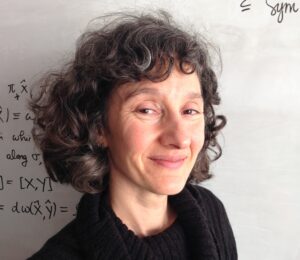Karin Melnick recenlty joined the Department of Mathematics at the University of Luxembourg as Professor in differential geometry.
She shares her background, former experience and explains her future challenges.
What is your research about?
“My research is centered around the role of symmetry in differential geometry, as a framework for classifying geometric structures as well as the underlying topology of spaces. I am particularly interested in conformal geometry and in Lorentzian geometry; the latter is the setting for General Relativity. For the past 14 years I have been a professor at the University of Maryland in the USA, with research stays at the Max-Planck-Institute for Mathematics in Bonn, the University of Heidelberg, and the University of Strasbourg, among others.”
Why did you join the University of Luxembourg?
“The University of Luxembourg attracted me with its large and vibrant group in Geometry, the advantageous working conditions, and the multicultural and multilingual environment. The geographic location allows me to bridge my strong professional connections with French mathematics with the personal connections of my German-American family.”
What will be your main challenges?
“In the coming months and years I want to build up my research group, with support from the FNR and European funding agencies. The opportunities in this regard are quite exciting. I would like to further integrate myself into the European scientific community. Challenges could come from making myself at home in a new system and adapting to a new institution. In my research, I am looking forward to the culmination of years of past work on a long-standing conjecture in conformal Lorentzian geometry, which may be approaching resolution. I am embarking in new research directions, such as rigidity of actions of lattices in matrix groups on manifolds, in a field known as the Zimmer Program. A source of recent breakthroughs in that programme was tools from smooth dynamics. With postdoctoral collaborators, I am venturing into some open problems in smooth dynamics, in the belief that the perspective of geometric structures can help bring progress.”
